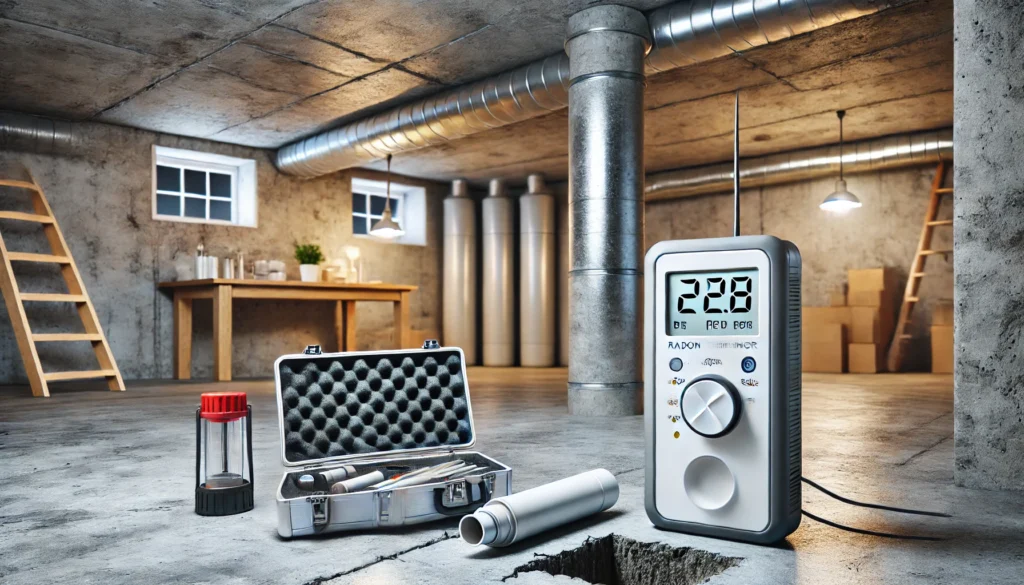Imagine a gas that’s colorless, odorless, and tasteless—yet it’s the second leading cause of lung cancer in the United States. That’s radon for you. According to the CDC, radon is responsible for more than 21,000 lung cancer deaths each year in the U.S.
What Is Radon?
Radon is a naturally occurring radioactive gas produced by the breakdown of uranium in soil, rock, and water. It can seep into homes through cracks in floors, walls, and foundations, accumulating to dangerous levels without any noticeable signs.
How Does Radon Affect Your Health?
When inhaled, radon gas decays into radioactive particles that can damage the lining of the lungs. Over time, this damage increases the risk of lung cancer. The risk is even higher for smokers and those with prolonged exposure to high radon levels.
Common Symptoms Associated with Radon Exposure
Radon exposure doesn’t cause immediate symptoms. Instead, health issues may develop over years of exposure. Symptoms are often related to lung cancer and other respiratory conditions:Health+1CDC Archives+1
- Persistent Cough: A cough that doesn’t go away or worsens over time.
- Shortness of Breath: Difficulty breathing or wheezing.
- Chest Pain: Discomfort or pain in the chest area.
- Hoarseness: Changes in voice or persistent hoarseness.
- Frequent Respiratory Infections: Such as bronchitis or pneumonia.
- Coughing Up Blood: A serious symptom that requires immediate medical attention.
These symptoms are not exclusive to radon exposure and can be associated with other health issues. However, if you experience any of these symptoms and live in an area with high radon levels, it’s essential to consult a healthcare professional.
Who Is at Risk?
While anyone can be affected by radon, certain groups are at higher risk:
- Smokers: The risk of lung cancer is significantly higher for smokers exposed to radon.
- Children: Children may be more sensitive to radon exposure due to their developing lungs.
- Residents of High-Radon Areas: Some geographic areas have higher natural radon levels.
How to Protect Your Home and Health
The only way to know if your home has high radon levels is to test for it. The Environmental Protection Agency (EPA) recommends taking action if radon levels are at or above 4 picocuries per liter (pCi/L) of air.
Steps to Reduce Radon Exposure:
- Test Your Home: Use a radon test kit or hire a professional to assess radon levels.
- Seal Cracks and Openings: Seal gaps in floors and walls to prevent radon entry.
- Increase Ventilation: Improve airflow in your home to reduce radon accumulation.
- Install a Radon Mitigation System: Systems like sub-slab depressurization can effectively reduce radon levels.
Final Thoughts
Radon is a silent threat that can have serious health consequences over time. By understanding the risks and taking proactive steps to test and mitigate radon in your home, you can protect your health and that of your loved ones.


